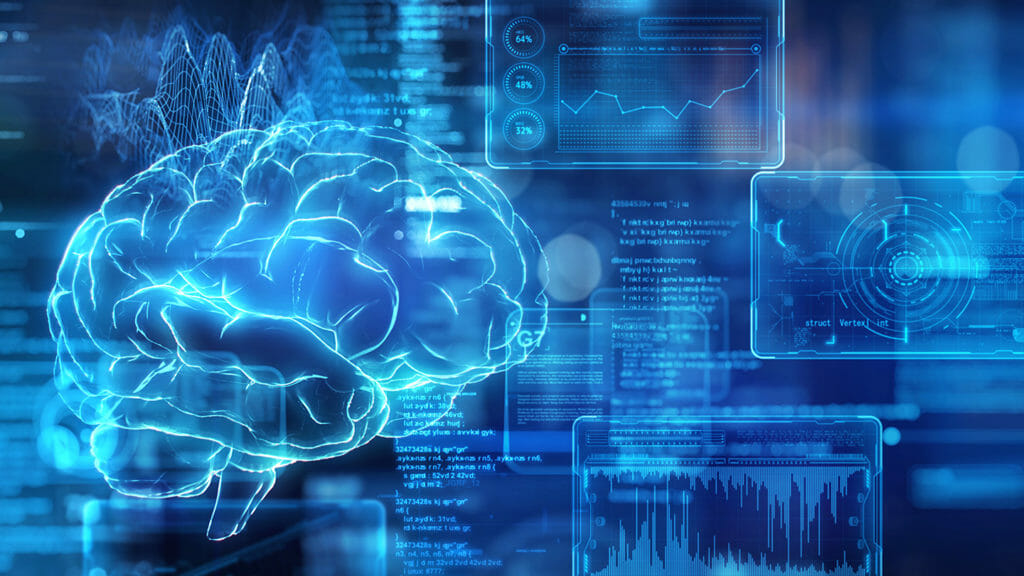
Although there has been a lot of recent analyses around artificial intelligence and its current and potential use within healthcare, the focus has been on normative concerns, such as ethics or effect on the workforce.
In addition to those issues, senior living and care providers also must consider the cost of implementing AI solutions and how to incorporate them into their existing healthcare technology systems, according to a new report from the National Investment Center for Seniors Housing & Care.
“AI demands significant computing resources, and given the current imbalance of supply and demand, AI tools, such as ChatGPT, might see rising costs,” Gabriel Maxwell, an NIC Future Leaders Council member, said in a post.
Due to the potential for cost increases, enabling some AI adoption would be a “wise move” for senior living operators, said Maxwell, director of business development and analytics at Generations LLC.
Companies that have created AI and algorithms for healthcare already are working to ensure that their products work seamlessly within existing, or across multiple, software systems.
Some crucial senior living tech that is hoping to advance with AI includes fall detection systems and administrative tools for processes such as scheduling.
Some AI’s ability to train on large data sets or recognize patterns could make for revolutionary screening tools for conditions that affect older adults, such as Alzheimer’s or Parkinson’s. Detection of early onset for those conditions could make for better, more effective treatment planning.
Like many recent analyses, the NIC post emphasizes that AI should be a “complement to human care” and that although it can be an invaluable tool for interpreting data, it is important to understand the technology’s limitations and potential for error or bias.


